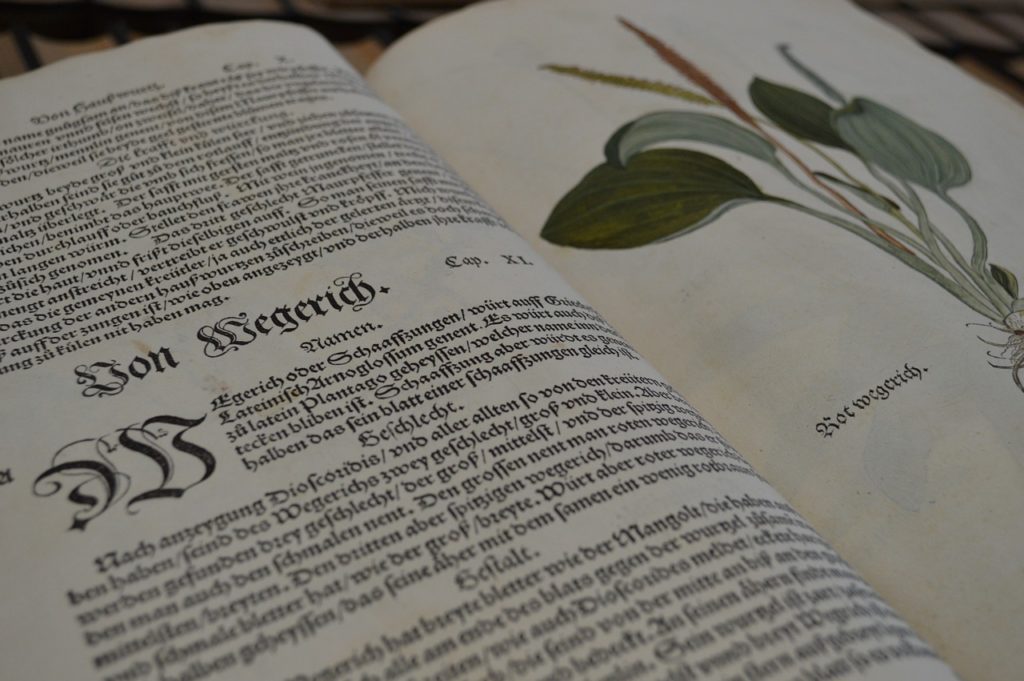When we, as women, want to create something, anything, we often feel we have to deal with what has come before, even more than men, who are trained to act as a reaction or in response to a command.
There are personal paths we walk that sometimes require an examination of previous steps we have taken. It is good to understand that the past has brought us to where we are. It is good to realize that there can be more than one interpretation of almost everything. We do not have to agree with those interpretations. We do not have to understand why those interpretations were created in the way they were.
We do have to determine if they were created from reason and are the sort of thing we want to teach our children and all children of the future.

Three ways of viewing what we do in the here and now in relation to what has come before are restoration, revisionism, and reframing.
- restoration involves evoking a sense of the past
- revisionism involves changing the interpretation of the past
- reframing involves changing how an individual relates to past occurrences
It is research that allows you to identify and work with these ways of interacting with elements of the past. No matter what research you have done on a topic, you should document these aspects of how you conducted your research.
- How do you know what you know?
- How long have you known it?
- Where did you find it or find out about it?
- Who else knows this?
- How is it documented?
- How will you reference this information?
- Does the information need to be preserved?
If you can answer all these questions, you have done your basic research. Research is rarely just for yourself. Most often what you are documenting in your own life or another person’s life will be accessed and probably referred to by other people.
You will probably want to be skeptical of undocumented information, or assertions that are made without original documents supporting the assertions. When you create original documents try to include as much information as possible including who is documenting it, what the date is, and where you are documenting it. Your reason for writing is also important.
Answering these questions will allow you and others to know whether secondary acts such as restoration, revision, or reframing were used in creating a narrative.
We will have more information about research and documentation as this site develops.
Leave a Reply